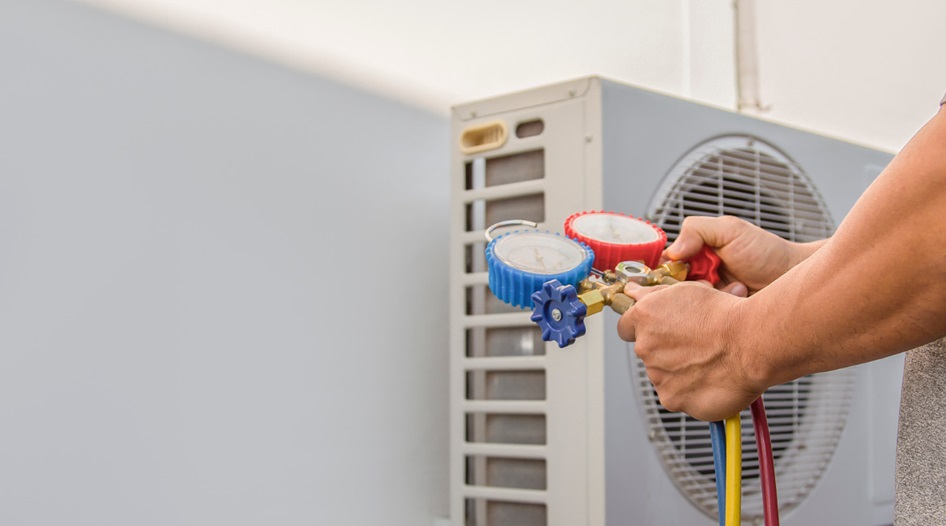Ductless air conditioners, or mini-split systems, have become an increasingly popular choice for residential and commercial applications. Their flexibility, energy efficiency, and zone-specific control make them ideal for a wide range of climates and living spaces. But like any system, getting optimal performance out of your ductless unit requires proper use and routine attention.
If you’re looking to improve comfort and efficiency in ductless AC ports in Charlotte installations, a few targeted strategies can make all the difference.
Maintain Clean Filters and Airflow
The performance of your ductless AC relies heavily on unimpeded airflow. Over time, dust and debris can clog filters, forcing the system to work harder and consume more energy. Cleaning the filters every few weeks—especially during peak usage periods—helps keep airflow smooth and cooling consistent. This also reduces the strain on internal components, which can extend the unit’s lifespan and prevent costly repairs.
Ensure the area around both the indoor and outdoor units remains clear. Obstructed vents or crowded external units can restrict circulation and reduce efficiency.
Use Smart Controls and Adjust Settings Efficiently
Ductless systems often come with advanced control options, including remote access and programmable thermostats. Take advantage of these features to manage energy usage more effectively. Avoid constant temperature adjustments, which can cause the system to short-cycle. Instead, set a consistent, comfortable temperature and use eco or timer modes to minimize unnecessary operation.
This approach aligns with the principle behind how ductless air conditioners enhance home comfort—they are designed for a steady, quiet, and tailored operation that suits individual room preferences while saving energy.
Ensure Proper Unit Placement and Sizing
The location and capacity of your ductless units directly impact their effectiveness. Units placed in areas with direct sunlight or near heat-generating appliances may have to work harder to cool the space. Similarly, an undersized unit will struggle to meet demand, while an oversized one may cycle too quickly without adequately dehumidifying.
Proper sizing and positioning should be determined during installation, but if performance issues persist, it may be worth having a technician evaluate whether adjustments or zoning changes are necessary.
Ideal for Additions and Specific Zones
One of the best use cases for ductless systems is supplemental cooling or heating in new additions, renovated spaces, or rooms with inconsistent temperatures. Unlike central systems, ductless units operate independently, making them ideal for targeted climate control.
This is a key reason why ductless AC is the perfect solution for home additions. It allows homeowners to expand cooling coverage without overhauling the entire HVAC infrastructure or running extensive ductwork.
Conclusion
Getting the best performance from your ductless AC unit involves more than just turning it on—it requires thoughtful usage, consistent maintenance, and system awareness. By focusing on clean airflow, efficient control settings, proper sizing, and strategic placement, you can maximize both comfort and energy savings. A well-maintained mini-split system not only performs better but also lasts longer, delivering year-round climate control and a smarter cooling experience for your home or business.


